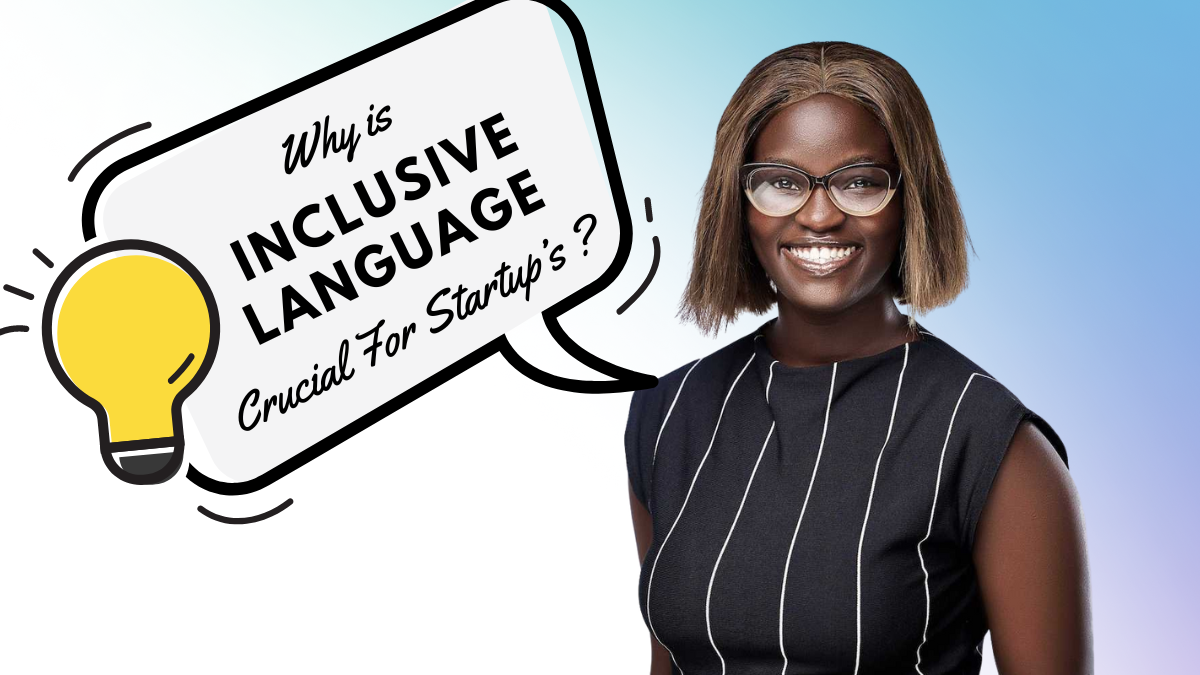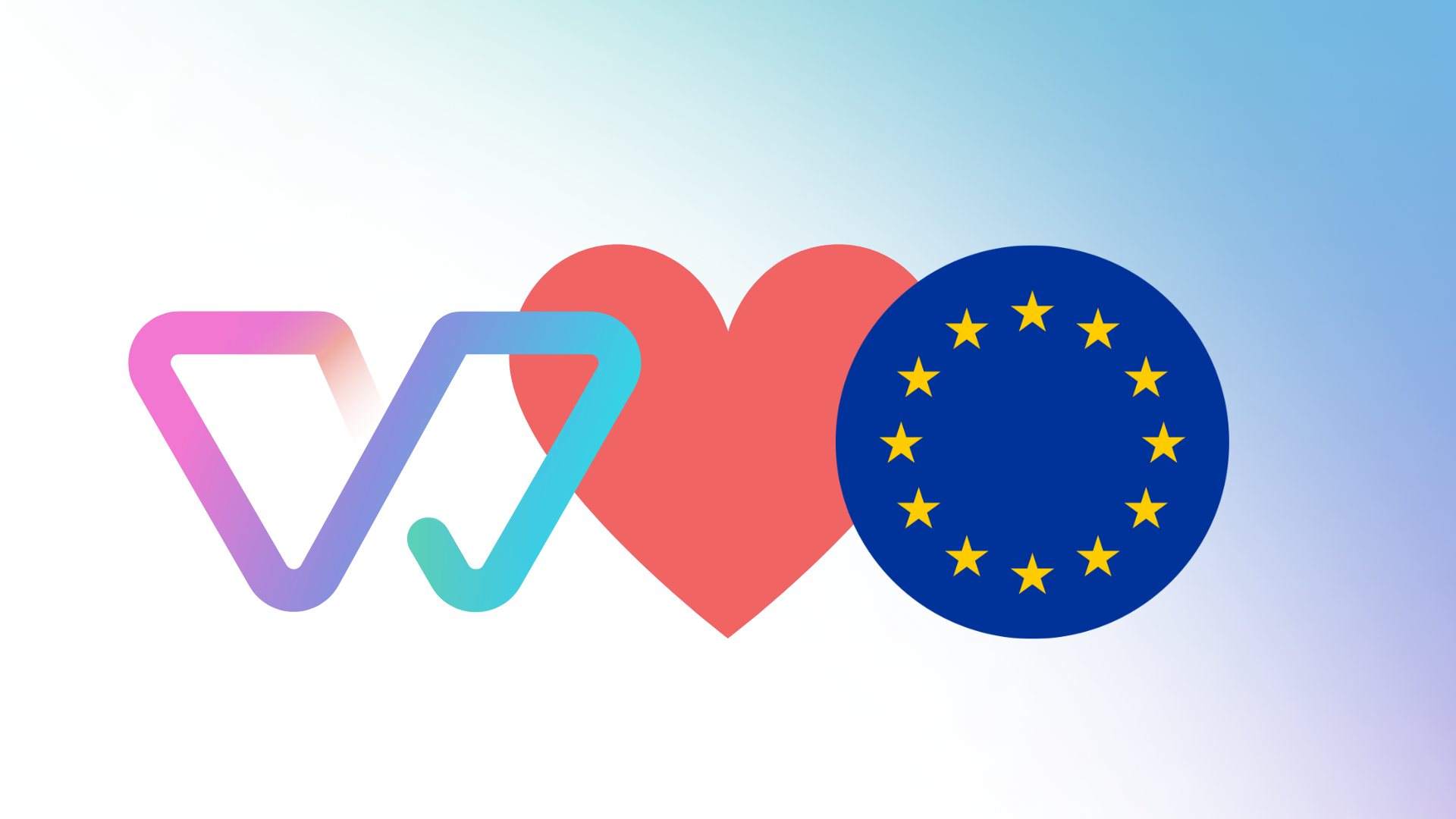The insights in this blog post stem from a stimulating episode of Witty Talks between Nadia Fischer from Witty and Holly Smith of Personio, both of whom bring vast experience in Diversity & Inclusion to the table. Their discussion revolves around the significance of DEI in startups and scale-ups and highlights how inclusive language becomes a linchpin in the process of growth.
Why is an inclusive culture important?
An inclusive culture is not just an admirable aim for a startup but a business necessity. In the high-pressure, quick-paced setting of a scaling startup, recognizing every voice and respecting every viewpoint can be the distinguishing factor between achieving sustainable growth and stumbling in the face of rapid change.
The first few months at a new company can significantly shape an employee's tenure. An inclusive environment from day one increases the likelihood of new hires staying long-term. To devise a successful DEI strategy, gathering diverse stakeholder input is essential, which may involve extensive interviews. This feedback helps identify what the organization is doing right and what needs improvement, such as removing potential recruitment barriers to attract and retain a diverse workforce.
“Inclusive language fosters diversity by acknowledging varying cultures & experiences.”
Holly Smith, Diversity & Inclusion Responsible at Personio
Who should build inclusive culture?
All startups should prioritize diversity and inclusion, irrespective of their growth stage. Overlooking DEI can stifle creativity, lead to high staff turnover, and potentially stall growth, marking a critical 'tipping point.' Inclusive language and DEI practices should be introduced from day one, fostering an environment where diverse ideas are valued and every employee feels heard and appreciated. Inclusive language in communicating policies ensures everyone feels valued and included, crucial for maintaining a healthy and diverse workplace.
What is inclusive language?
If you want to go more in depth, read our blog post What is inclusive language? And why should I care?
What are the two main challenges in startups when creating an inclusive culture?
Startups' rapid growth presents two significant challenges: resources and data. Time, money, and personnel are often stretched thin. Demonstrating the return on investment (ROI) of DEI initiatives is crucial, which calls for data-driven decision-making to understand any unintended biases and to ensure resources are used effectively to promote diversity and inclusion. Witty plays a key role here. It fosters inclusive language in communications, enabling startups to highlight and prove the ROI of their DEI initiatives.
“By understanding underrepresented groups' experiences, you can effectively allocate resources to areas that enhance employee satisfaction and make the biggest impact.”
Holly Smith, Diversity & Inclusion Responsible at Personio
Conclusion
As startups evolve and scale, the strength of their diversity, equity, and inclusion practices, embodied in their use of inclusive language, can become a defining aspect of their identity and success. Therefore, startups must make a conscious, consistent effort to use inclusive language from their inception, helping them harness the rich potential of a diverse workforce and sustain growth.
Inclusive Language: Handbook To Make It Work at Your Organization
In this blog post, we explain in 7 steps how to create an Inclusive Language Guide to promote a more inclusive workplace (plus a ready-to-use Template for 2023).


-1.png?width=1920&height=1080&name=Newsletter%20Thumbnails%20(1)-1.png)




